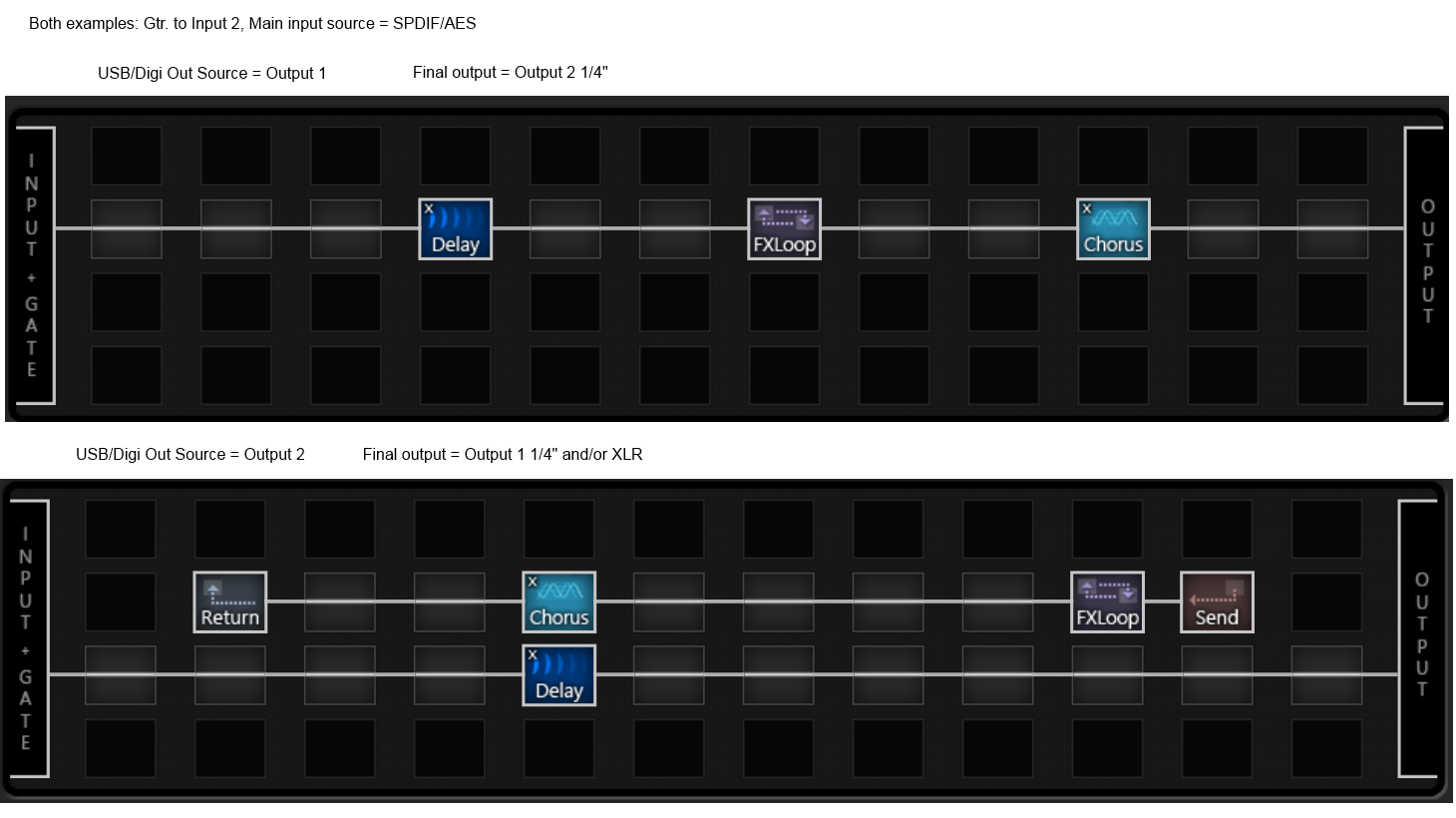stereotactic
Experienced
Hello all, I didn't get any advice from the last post on this subject, so I'm going to ask more specific questions and hope somebody can help.
I have my Bricasti M7 hooked up to the Axe via AES in and out. I am getting digital signal to the M7 from the selected Output 1 in the I/O menu, no problem. But the AES out from the M7 back into the Axe, where does it go? I found an old post where somebody said that the AES in can either go to the input or the output of the grid, but I can find no mention of how to specify whether the AES input goes to the Axe input or output mixer. I would expect to hear the reverb and was going to then adjust the wet dry balance in the M7. I'm pretty sure I have the M7 set correctly, as I moved it straight from my other rack which had all digital connections. Clock in the M7 is reading 48, so it is synced to the Axe clock. Any advice would be greatly appreciated, thanks!
I have my Bricasti M7 hooked up to the Axe via AES in and out. I am getting digital signal to the M7 from the selected Output 1 in the I/O menu, no problem. But the AES out from the M7 back into the Axe, where does it go? I found an old post where somebody said that the AES in can either go to the input or the output of the grid, but I can find no mention of how to specify whether the AES input goes to the Axe input or output mixer. I would expect to hear the reverb and was going to then adjust the wet dry balance in the M7. I'm pretty sure I have the M7 set correctly, as I moved it straight from my other rack which had all digital connections. Clock in the M7 is reading 48, so it is synced to the Axe clock. Any advice would be greatly appreciated, thanks!

